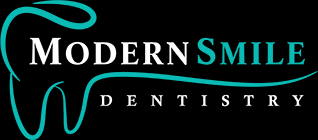Dental Cleaning
Here at Modern Smile Dentistry we like to create a custom tailored dental cleaning that is just right for you and your mouth. Every mouth is different, therefore, all mouths cannot be treated the same. We carefully exam your mouth and establish a routine dental cleaning schedule that will keep your mouth healthy for many years to come. Come see us for your next cleaning and let us protect your oral health!
“We give you a reason to smile!”
Get a Dental Cleaning that is Right for You
One of the most important aspects of a routine dental exam and checkup are the routine dental cleanings associated with those checkups, even if you have preventative dental work like dental sealants. We provide four different forms of cleaning. However, the type that will be right for you (recommended) will be determined after each exam. These recommendation(s) will be based on the clinical, dental x-rays, and soft tissue exam.
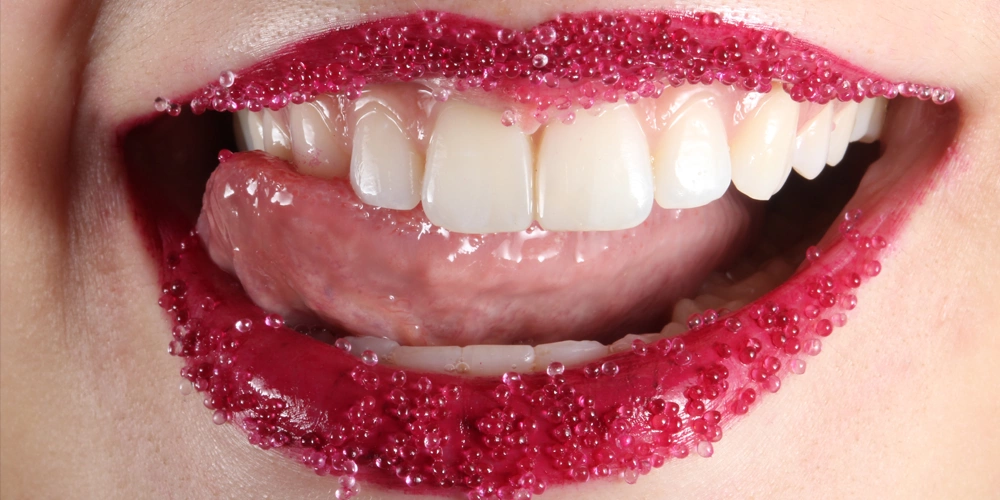
Prophy (Dental Prophylaxis)
This is the standard form of a dental cleaning, which will be performed by your Dentist, Dr. Nima Mashhoon, or a Registered Dental Hygienist. A combination of hand instruments and ultrasonic instruments will be used to remove calculus (tartar) as well as removal of plaque. The procedure will be followed up with the polishing of your teeth with our special paste.
Finally, fluoride treatment after the cleaning will be highly recommended for all patients, as to help protect your teeth against dental decay. It will be advised to not eat or drink anything for 30 minutes after treatment to allow the fluoride to take its positive effects.
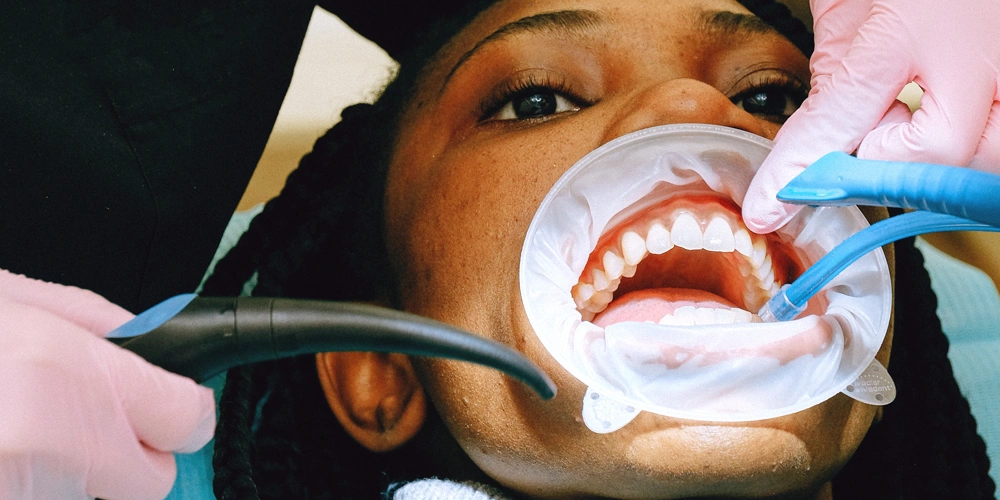
Scaling and Root Planing (SRPs)
This form of dental cleaning, also called “deep cleaning” utilizes the use of an ultrasonic device, as well as hand scaling to remove calculus above and below the gum line. This form of sanitation is recommended with excessive buildup of calculus (tartar), inflammation of the gums, bleeding of the gums, deep pockets, or evidence of gum disease.
The benefits of a deep cleaning will be to remove the deposits and allow healing or the oral cavity. The goal of the SRPs will be to better gum and teeth health. Being that some patients may want to avoid feeling any form of discomfort during this cleaning procedure, your provider will inform you if dental anesthetic is necessary before the treatment or not.
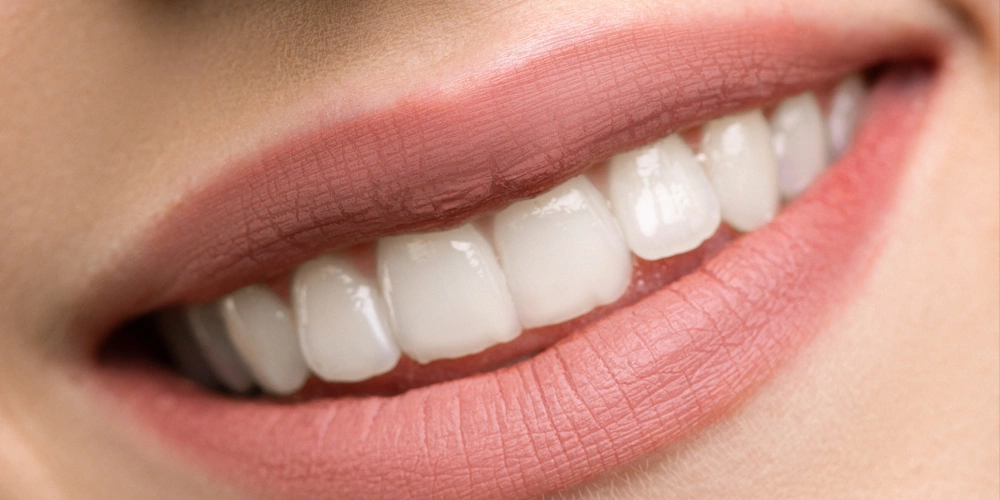
Perio-Maintenance Treatment (PMT)
This form of cleaning is somewhere between a Prophy (Dental Prophylaxis) and Scaling and Root Planing (SRPs). PMTs are performed several months after an SRP has been performed. This form of cleaning may follow an SRP procedure; 3, 4, or 6 months. The time frame will vary case by case and patient by patient.
PMTs are performed not only maintain a healthy oral cavity, but also to monitor and promote good oral health via proper education and demonstration of in-home dental hygiene techniques. Once it has been deemed that the patient has shown continuous signs of proper oral hygiene improvements at home, the patient will be moved to the Prophy.
However, if oral hygiene does not improve, SRPs may be warranted to re-establish a healthy oral cavity. Evaluation will be performed at PMT and Recall appointments (dental exams).
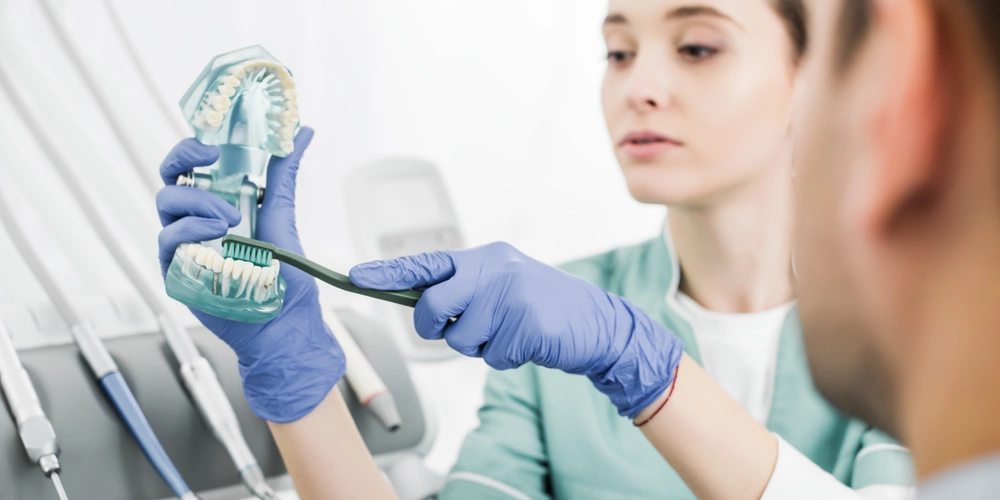
Full Mouth Debridement
This form of cleaning is only performed under special occasions. During a dental exam, the most important steps are the ability to properly and efficiently perform an exam not only radiographically but also clinically. At times, there may be so much excessive build up (tartar) that a accurate exam is not possible to be performed, being the buildup is hindering visibility of the teeth surfaces.
This form of sanitation is designed to remove gross build ups of tartar, to allow the dentist to perform an accurate dental exam. This form of cleaning will not be the final cleaning procedure performed, as the main purpose of this is to remove the bulk of the tartar. This procedure will be followed by either a Prophy (Dental Prophylaxis) of Scaling or Root Planing (SRPs).
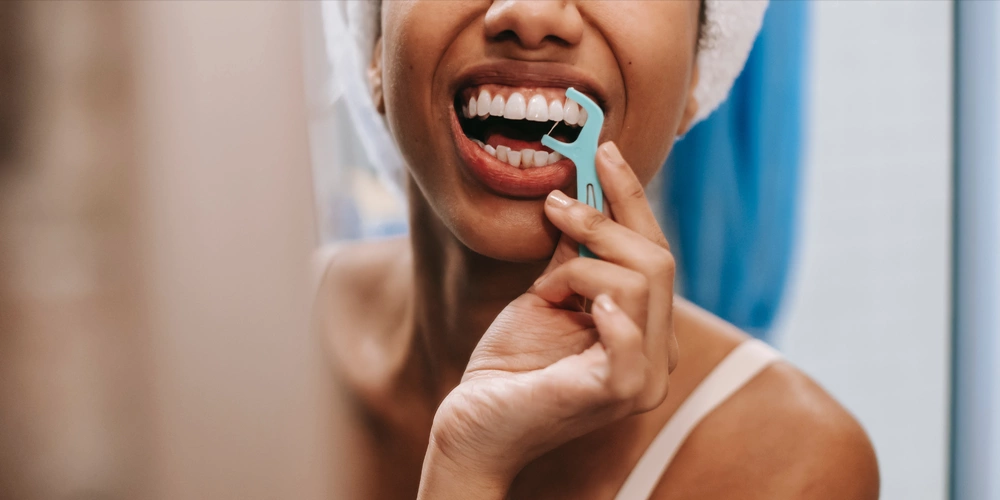
What is Plaque?
Plaque if the residual (biofilm) sticky form of bacteria that accumulates on teeth throughout the day. Plaque is a normal process of every oral cavity as it is the accumulation of food, salvia, and bacteria. The accumulation of plaque will lead to inflammation of the gums (gingivitis) and the start of gum disease. Plaque buildup can lead to the breakdown of the tooth, which can lead to dental decay (cavity).

What is Calculus (Tartar)?
Tartar is the hardening of accumulated plaque. While plaque builds up throughout the day, the lack of removal of the plaque will lead to further accumulation, which then will lead to calculus (tartar). This tartar is located not only above the gum line, where it is visible to the naked eye, but it can also accumulate below the gums, unseen, which could lead to gum disease and even bone and tooth loss if not removed over time. While plaque can be removed at home via routine brushing and flossing, tartar will require a professional cleaning.
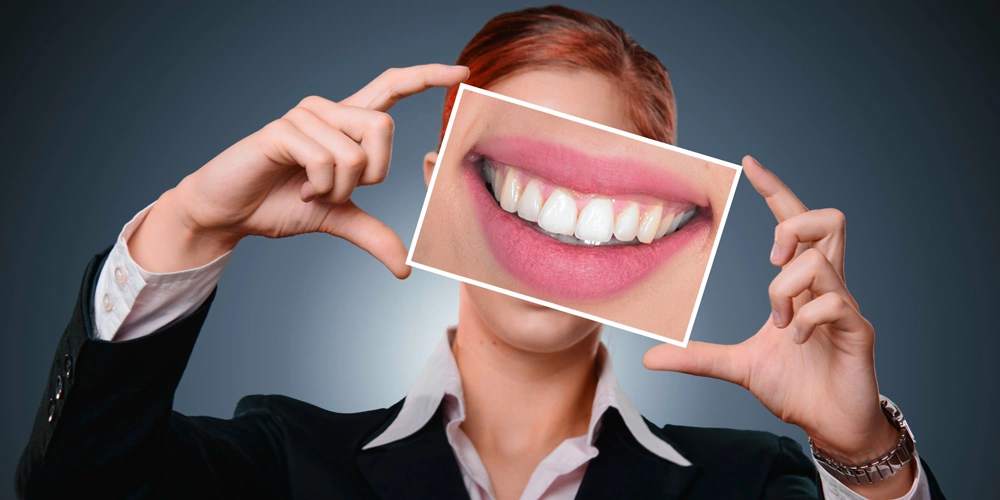
What is Teeth Polishing?
The concept of teeth polishing is to remove most stains and plaque during your cleaning. Here a rotary instrument as well as paste is used to help sanitize and polish your teeth to a clean and healthy state. Each surface that is accessible is polished and rinsed after.

What is an Ultrasonic Device?
Sometimes these are termed Cavitron or Piezo. These are special devices that can only be utilized by specially trained providers such as Dentists and Registered Dental Hygienist. These devices allow the removal of calculus (tartar) and plaque with the use of ultrasonic movement and water. These devices will be able to remove a buildup of plaque above and below the gum line. Dental anesthetic may or may not need to be used before the use of this device. Please inquire with your dental professional if you have any questions or concerns.
